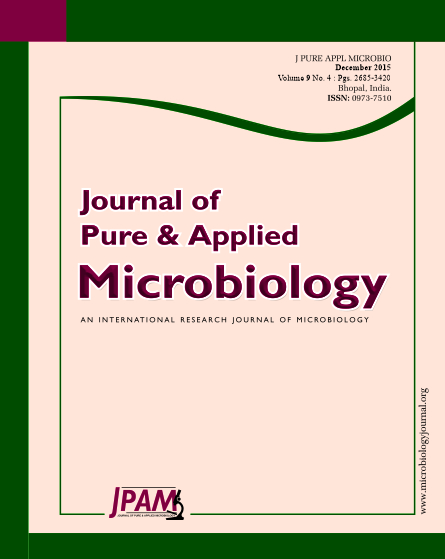Efficacy of E.coli expressed R. vivipara lectin (RVL1) and S. rolfsii lectin (SRL1) was studied against S. rolfsii. Protein Expression checked through SDS-PAGE, showed respectively an extra protein band corresponding to molecular weight of 28.2 kDa for RVL1 and 19.5 kDa for SRL1. E. coli expressed RVL1 and SRL1 showed agglutination with trypsinised rabbit erythrocytes indicating the presence of lectin. Compared to bacterial control Bl21 and without protein white, smooth, sparse radiating mycelial growth of S.rolfsii was obseved in different concentrations of lectins and the rate of formation of sclerotial bodies increased with increasing concentration of both the lectins. SRL1treated PDA plates produced bigger, heavier and more number of sclerotial bodies with increasing concentrations of SRL1. Compared to SRL1 treated plates, RVL1 treated plates produced small, lighter and less number of sclerotial bodies. Further, these sclerotial bodies failed to germinate on the medium. This indicates that lectins play a major role in early formation sclerotilal bodies of lectins but inhibited their germination.
Plant Remusatia vivipara lectin, fungal Sclerotium rolfsii lectin
© The Author(s) 2015. Open Access. This article is distributed under the terms of the Creative Commons Attribution 4.0 International License which permits unrestricted use, sharing, distribution, and reproduction in any medium, provided you give appropriate credit to the original author(s) and the source, provide a link to the Creative Commons license, and indicate if changes were made.


